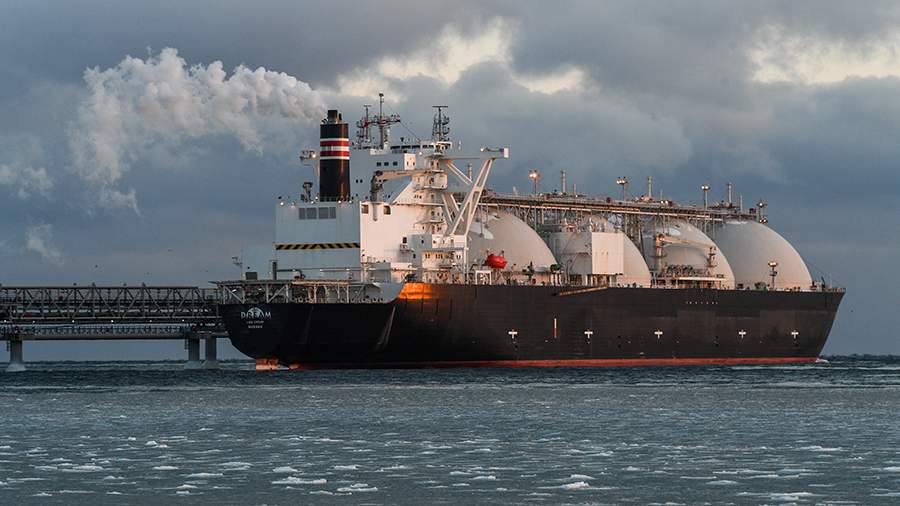
Calm in the gas markets may give way to a winter storm
By Rhod Mackenzie
The current state of the liquefied gas (LNG) spot market is relatively placid compared to their usual seasonal conditions. Whilst the outdoors are still warm, the subterranean storage facilities throughout Europe and Asia are brimming with gas and poised for the imminent winter. The demand for LNG in both continents has increased during November compared to the even warmer month of October. However, spot prices for LNG in Asia have dropped over the last three weeks. The price of gas at the European hub in the Netherlands has dropped in recent days following the resolution of concerns about supply disruptions from the Eastern Mediterranean. Additionally, underground gas storage facilities (UGS) have reached almost full capacity.
However, the apparent stability in the LNG market may be misleading. Strong turbulence could resume if winter turns out to be cold in Europe or Asia or if there are any issues with gas supply.
According to Kpler, gas imports in Asia are expected to increase to 22.67 million tonnes in November from 21.18 million tonnes in October. China is once again the top gas importer. Analysts predict that Japan's LNG imports for the last autumn month will remain stable compared to October. On the other hand, India is expected to experience a decline in gas imports in November due to the high prices in October, which led to thrifty Indian buyers refraining from purchasing much gas for delivery in November.
Kpler analysts anticipate a rise in LNG imports throughout Europe for November, with predictions indicating a potential maximum level for the past five months. LSEG reports that gas imports in November will see the most significant growth in northwestern Europe, with an estimated 30% increase compared to October.
"The cause is evident, the start of the heating season and meteorological forecasts suggesting lower temperatures," explains Wayne Bryan, head of the European gas department at LSEG, regarding the demand growth mechanics.
Demand is increasing in Europe and Asia, but the price of gas for delivery in northeast Asia for December dropped by 3% last week to $12.5 per million British thermal units ($440 per thousand cubic meters).
The spot price of gas in Asia has been falling for three consecutive weeks, owing to warm weather and full underground storage facilities. Additionally, the Chinese energy behemoths are reselling more excess gas than last year based on Chinese customs data. These sales offer a safeguard against possible disruptions in gas supplies from Australia or any disruptions linked to suggested US sanctions against Russia's Arctic LNG-2 project.
Gas markets in Europe and Asia are currently subdued, but uncertainties around the upcoming winter in the northern hemisphere still persist. Last year's winter in Europe saw higher temperatures than usual. Chevron's Vice President, Colin Parfitt, acknowledges weather as a significant factor in the natural gas industry. He emphasises that volatile weather conditions can lead to sudden market changes anytime.
The Energy Intelligence Forum heard from Vitol Group CEO Russell Hardy in October that it's possible some of Europe's lost gas demand won't recover amidst the energy crisis. However, even with reduced structural demand, it's important for Europe overall, and particularly its largest economies, to stay vigilant due to the potential for an unpleasant "cold" surprise during the winter. Markus Krebber, the head of Germany's largest energy company RWE, has warned of possible threats. "There is no cushion in our gas system," he believes Germany should accelerate the construction of gas infrastructure to prevent possible supply problems.
The US Energy Information Administration (EIA) also highlights possible risks in winter from cold weather and unexpected issues with liquefied natural gas (LNG) supplies.
"Severe cold weather and unforeseen supply disruptions could lead to price hikes," the EIA said in a recent statement, "and impact the global balance of gas."
